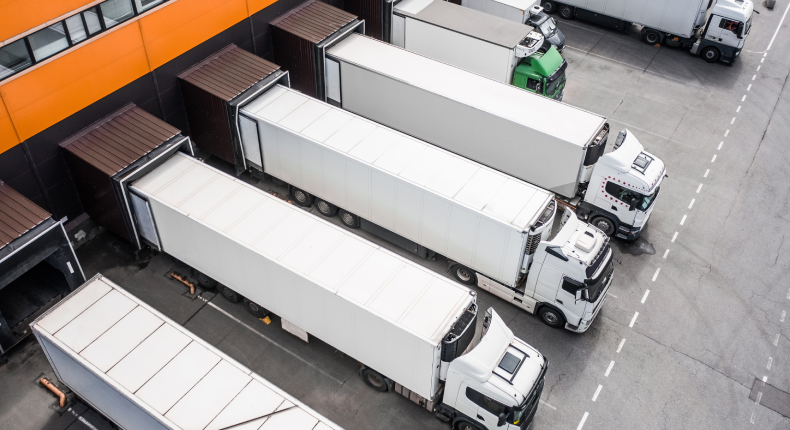Information
Legal information
Funded by


Nowadays, logistics hubs have become an indispensable component of supply chains. Companies specialising in logistics have identified these hubs as a strategic solution for centralising operations and streamlining processes, positioning them as key elements in the global logistics ecosystem. This article delves into their definition, functions, types, ideal locations, and the benefits they bring to businesses and industrial sectors.
Índice de contenidos
ToggleA logistics hub is an infrastructure designed to centralise the operations of storage, distribution, and transportation of goods within a supply chain. This strategic point acts as a node where goods are consolidated and redistributed to various destinations, optimising resources and reducing costs.
Unlike a simple warehouse, a logistics hub is purpose-built to connect diverse transportation routes, facilitating the transfer of goods between modes such as road, air, sea, or rail. Its design addresses the need for integration and smooth operations, enabling the efficient management of large volumes of freight with speed and accuracy.
The primary role of a logistics hub is to facilitate the efficient movement of goods, ensuring that products reach their final destination quickly and securely. However, its scope goes beyond mere intermediation, encompassing several critical activities to optimise the entire supply chain. Key functions include:
There are different types of logistics hubs, each designed to perform specific roles depending on the sector’s requirements and market characteristics. The most common types include:
Focused on coordinating operations within a specific region, these hubs manage the local distribution of goods. Their primary goal is to reduce delivery times and optimise short-haul transportation.
Larger-scale infrastructures that connect countries and global markets. They consolidate goods for export or distribute imported products across multiple regions.
These hubs specialise in transferring cargo between different modes of transport, such as trucks, trains, or ships. They are typically located near strategically important ports, airports, or railway stations.
Driven by the growth of online shopping, these hubs focus exclusively on processing orders and managing last-mile logistics, ensuring quick deliveries to end consumers.
These are centres designed to meet the logistical needs of specific industries, such as automotive, technology, or food production, facilitating procurement and distribution within production chains.
Choosing the right location for a logistics hub is a strategic decision that directly impacts operational efficiency. Several key factors must be considered:
The benefits of implementing a logistics hub are numerous and vary according to the sector, specific needs, and the nature of operations. These infrastructures not only optimise logistical processes but also enable businesses to adapt more swiftly to market changes. The key advantages of logistics hubs include:
Logistics hubs are vital components of modern logistics, acting as connectors between markets and transportation modes. Their ability to optimise routes, manage inventories, and streamline global trade makes them a strategic solution for businesses aiming to enhance their competitiveness. Implementing these hubs, in collaboration with specialists in integrated warehouse management, ensures a coordinated and efficient approach that boosts logistical performance at every level.
Information
Legal information
Funded by


